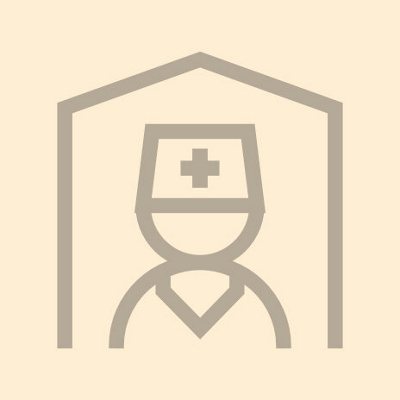To answer some of your questions about ultrasound, our expert radiologists share their knowledge with you.
Can ultrasound detect abnormal growths in the body?
Yes. It helps assess whether a breast lump is benign and it can detect cancerous cells. Ultrasound is also used to guide a needle biopsy, in which a needle is inserted into tissue to extract cells for examination in a pathology laboratory.
Does it hurt?
No, there’s no pain because it’s non-surgical and there is no cutting. No sedation or anaesthetic is required, which means there’s no need for recovery time.
Does ultrasound pose any dangers?
There are no known or proved risks from authorised ultrasound examinations, says Dr Gerrit van Wageningen of Mediclinic Vergelegen in Somerset West. The only application could pose any danger is the extensive scanning with high energy and low frequency that physiotherapists often use on sports injuries.
Do doctors still use X-rays? And what determines whether ultrasound should be used instead?
X-rays are still used for specific examinations. Sometimes an initial finding or diagnosis made via X-ray is confirmed or further explored by ultrasound, which can ‘see’ more deeply into the body’s tissue than an X-ray can. Ultrasound is not always effective with parts of the body that are obscured by bone. For these, other imaging tests, such as CT or magnetic resonance imaging (MRI) scans or X-rays, will be recommended instead.
What about scanning children?
Dr Shaun Scheepers of Mediclinic Vergelegen says that ultrasound is especially useful when a radiologist needs to examine children who tend to fidget, because clear images can still be obtained even if they are moving around (which is not the case with X-rays).
If you have questions on this post, or any other medical matter, please visit us on Facebook.
Further publications on the topic
Doctors 1


